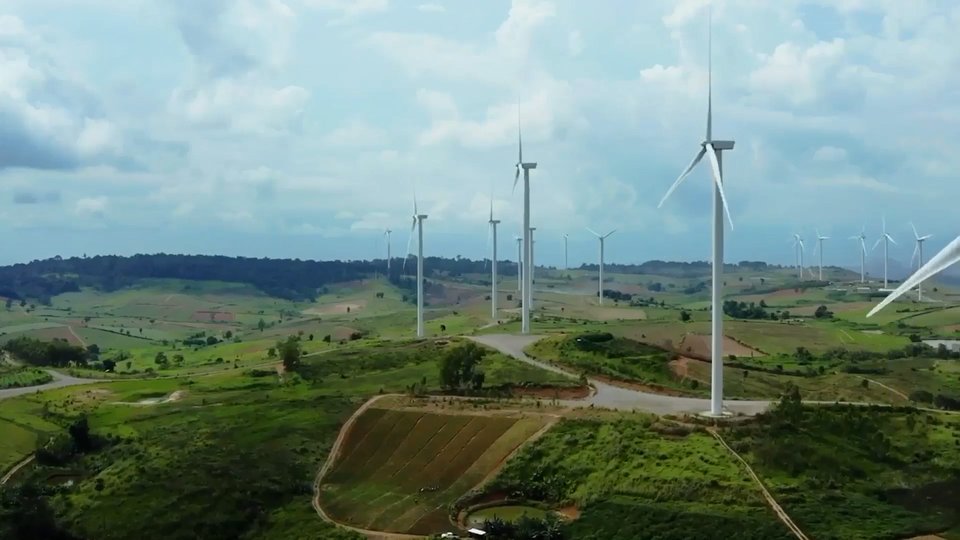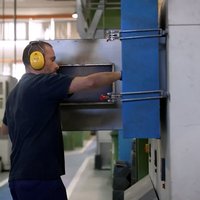Speaking of Wolframa
Wolfram is a special metal for the Elhuyans. It was precisely in honor of the two brothers who isolated it for the first time that the cultural association Elhuyar was born in 1972 with the intention of combining science and Basque, as well as the magazine created by the association.
These brothers were Juan José and Fausto, who in 1783 managed to isolate the precious metal from the Association of Friends of the Basque Country in Bergara. They also gave it its name: it was called wolfram, the slime of the wolf in German, hence its symbol on the periodic table: I'm talking about W. Internationally, however, it is known by another name: tungsten, heavy stone in Swedish.
This last name explains well what wolfram is like, as it is a very hard metal, malleable and versatile, with the highest melting point (3,410 °C). Thus, it has been used in the manufacture of the internal thread of bulbs and in electrical resistors, as well as in the military industry, such as in the manufacture of ammunition, and in structures and covers (tanks, armoured vessels, etc.). The Nazis, for example, used it in the war machine, imported from India, China and Burma. When the Allies learned of this, they obstructed this import route, and Hitler’s government turned to southern Europe for supplies, just to Spain. Franco sold Hitler the wolfram he needed for the war.
In recent decades, most of the tungsten that has been used in Europe has come from China. Now, however, the European Union has decided to strengthen the self-supply of critical materials, as well as to boost the war industry. Therefore, the “Iberian belt” has acquired a special interest, since it is where the richest mines of the European Union are located: from Galicia to the north of Andalusia, including the northern and central territories of Portugal. Among them is, for example, the mine La Parrilla (Cáceres).
This mine was closed in 2003 due to serious legal, economic and labor problems, and environmental groups also denounced that it caused significant environmental damage. It seems that the European Union will now rise above these problems in the name of self-supply.
Buletina
Bidali zure helbide elektronikoa eta jaso asteroko buletina zure sarrera-ontzian










